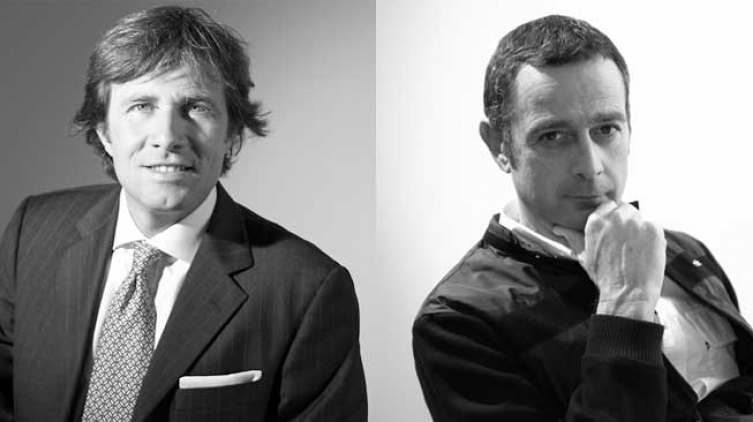Milan - At the end of 2012 Saatchi & Saatchi Italy registered results which, in comparative terms, were in line with 2011, a year in which the agency recorded growth of approximately 10% compared with 2010, despite the fact that investment in Italy showed a marked reduction of over 14% in 2012.
This positive performance is no doubt attributable to intense activity in new business, which resulted in the agency gaining around one client a month last year (including Parmalat, Lexus, Warner, Peuterey, La7, Dompè, Negroni, Salmoiraghi Viganò, Stroili Oro and BPM through the Essense agency), and securing the Carrefour account, once again through Essense.
But it is precisely in the area of creativity that Saatchi & Saatchi achieved its best results.
In Italy being in 2012 - for the second year running - the "Agency of the Year" at the ADCI with the highest number awards won.
And internationally Saatchi & Saatchi Italy won seven Golden Lions and one Bronze for the CoorDown project at the International Festival of Creativity, making it the most awarded Italian agency in terms of Gold Lions at Cannes in a single year. In addition, the Gold Lions won by Saatchi & Saatchi Italy represent half of the Golden Lions received worldwide in 2012 by the Saatchi & Saatchi network, always one of the highest award winners.
Creativity therefore remains a time-honoured means of weathering difficult periods such as the one we have been experiencing since 2008. This was confirmed in a meeting organised by Saatchi & Saatchi to present its 2012 results, attended by Aldo Grasso, Professor of the History of Radio and Television at Università del Sacro Cuore and Director of Ce.R.T.A. - the Centre for Television and Audio-visual Research, by Vittorio Meloni, Director of the Intesa Sanpaolo External Relations, and by Giuseppe Caiazza and Agostino Toscana, CEO and Executive Creative Director respectively of Saatchi & Saatchi Italy.
In this regard, Giuseppe Caiazza, CEO of Saatchi & Saatchi Italy and Head of Automotive Business for Saatchi & Saatchi EMEA, said: "I think it is particularly significant that in an "annus horribilis" like 2012 the Italian branch of one of the most prestigious and highest award-winning creative networks in the world has managed to make such a major contribution, receiving so many awards at the world's most prestigious creative communications event. This shows that, despite all the difficulties our country is experiencing, ideas and creativity remain the key resource for Italy's success in the world."
Vittorio Meloni, Director of the Intesa Sanpaolo External Relations, said, "Things are changing very quickly in the area of communications, just like in the markets, and not just as a result of the difficulties caused by this drawn-out crisis. We have seen changes not only in consumers' priorities, but also in their feelings and values. And this is leading to far-reaching changes to the structure of media and communications channels, forcing companies and operators to experiment in order to find innovative forms of contact and relationships with their customers. We have reached a watershed that marks the transition from one era to another, and in many ways creativity will be the most important and decisive factor among the economic resources available."
With regard to crisis and creativity Agostino Toscana, Executive Creative Director at Saatchi & Saatchi, said: "In terms of communications, this crisis could be the external trigger that will enable us to move beyond the walls that surrounded us and made us feel safe, but which were actually separating us from a future of new technological and creative opportunities. Those things which at first seem to be unfortunate or problematic can instead become great opportunities. It depends on how we tackle them. All the events that have led to a turning point in human history have initially been seen as a threat, but experience teaches us that whenever a wall collapses, it opens up a new world before us."
Aldo Grasso, Professor of the History of Radio and Television at the Università del Sacro Cuore and Director of Ce.R.T.A. - the Centre for Television and Audio-visual Research, concludes: "When it comes to the concept of creativity, there are two schools of thought in advertising. The first, inductive in nature, is devoted to ‘pure creativity', in the sense that the advertiser considers himself an artist, an author in all respects who, having received inspiration in the form of an enticing mission, yields to his creative muse, confident that he can interpret the signs of the times. The second, the deductive approach, sees creativity as the final phase in a long process of opinion polling. Whatever the method, the advertising concept takes shape in the 'discovery' and imaginative recreation of the commonplace."
Photo: Guiseppe Caizza and Agostino Toscano














